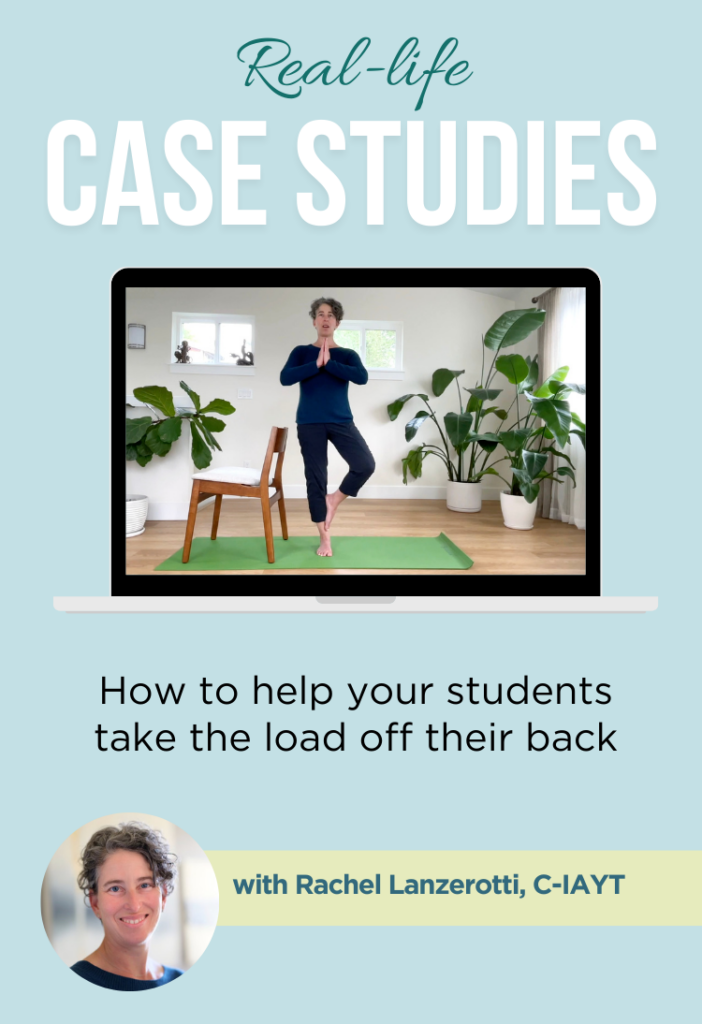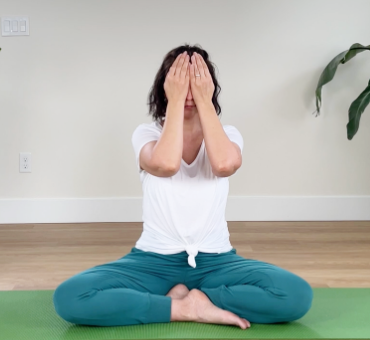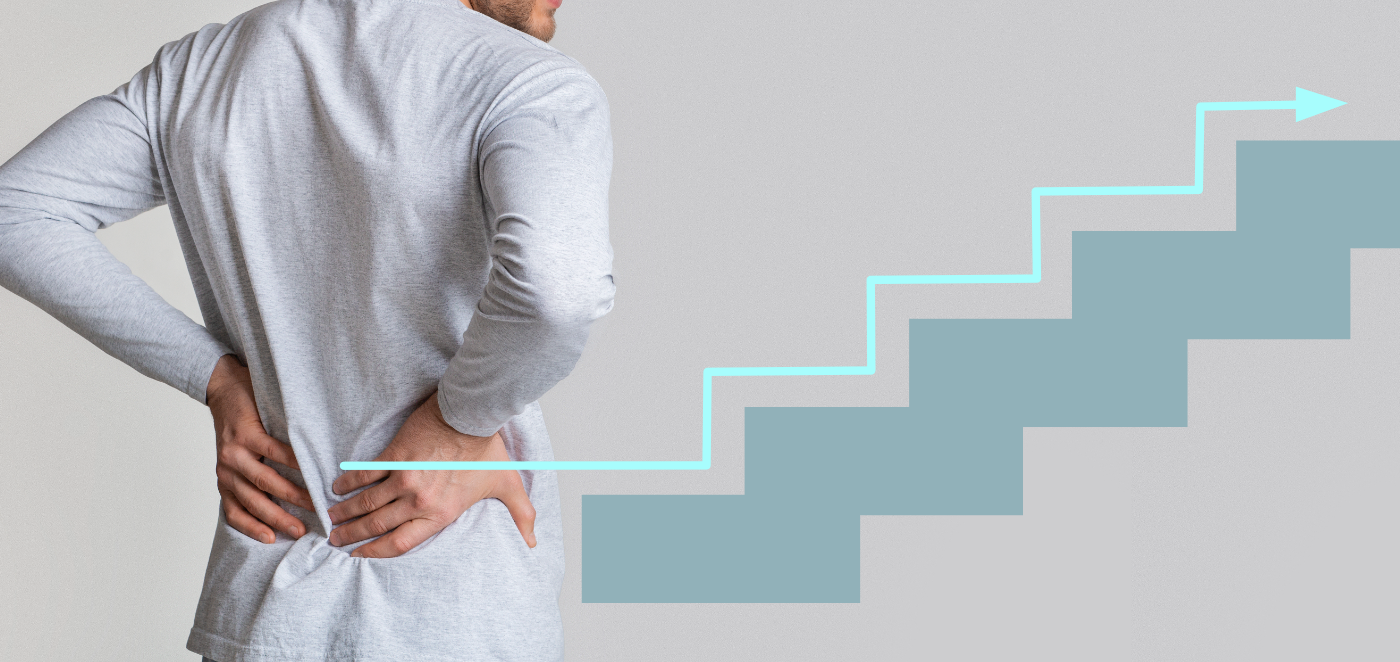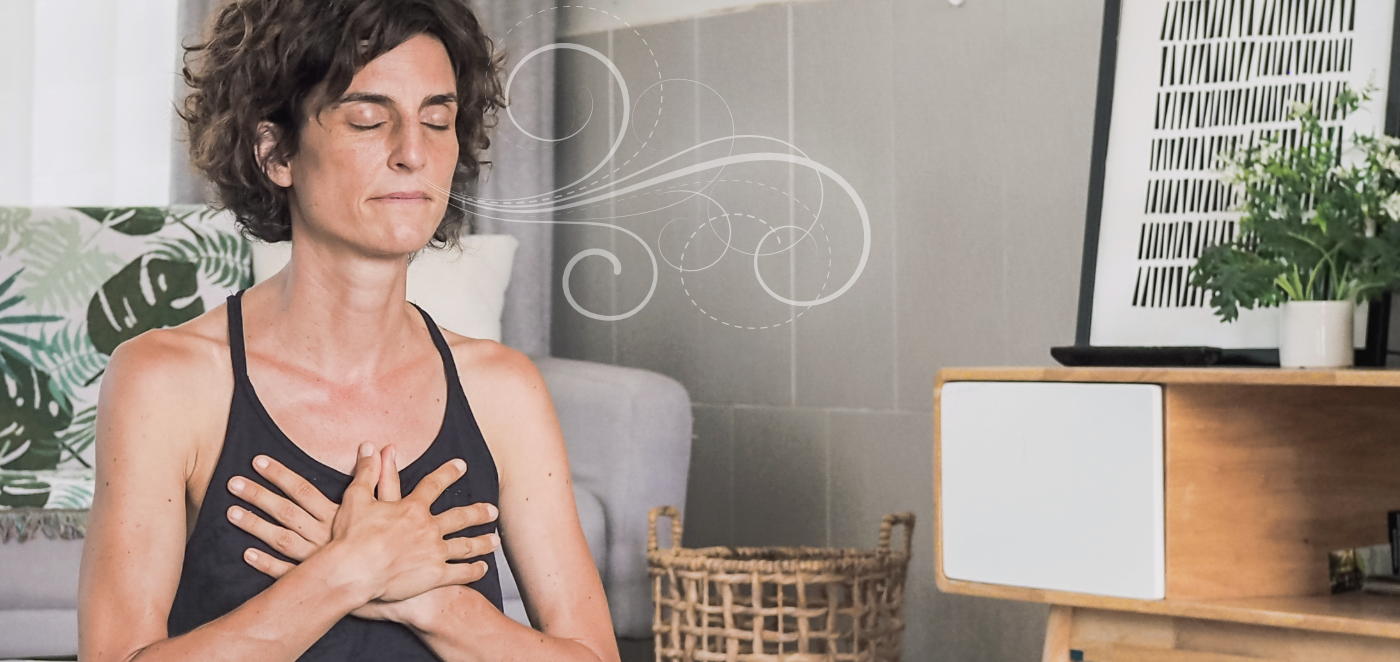What to ask a new client with chronic back pain


A new client reaches out to you, saying they are suffering with back pain. It has eluded their efforts to feel better. The ongoing or recurring discomfort is keeping them from resting well, working well, or doing activities with family and friends. How do you begin working with them? This is the first of a series of posts on the topic of chronic back pain, and how yoga therapists can help.
What is meant by an aching back can vary as much as its causes. When clients say, “back pain,” wait to hear and see more from them about this. When a client with back pain arrives, ask them, “What do you already know?” Express curiosity about what they’ve found that helps or eases discomfort. Also ask what they know about what exacerbates the pain. Listen for possible causes (original and current) of pain, as well as the solutions and supports they’ve discovered.
Before making a plan for Yoga Therapy, ask them to point to the area of their body where they feel pain now, and the area that has been most consistently painful. You may be surprised to see a client point to their rear end, a shoulder, their sacrum, mid-back rather than lower back! Ask if it’s on both sides or one side only. Does the pain “wrap around”? Or does discomfort include other areas of their body? Have they noticed whether it changes with regular or repeating activities (like meals or menstrual cycles or a daily walk or soccer practice)?
For the client, this conversation is part of their somatic education and cultivates body literacy and confidence. Here are a few questions to get started:
- Related to the reasons you sought Yoga Therapy, how are you feeling today?
- How would you describe the pain or discomfort now? Is this similar or different from what you’ve noticed before?
- Would you be willing to point to the area(s) of your body where you are feeling pain today? Is this similar or different from the area(s) you’ve noticed before?
- Can you tell me a bit about what your activity level was like (and what kind of activity) before you first experienced this pain? How has this changed?
- What do you know already about what has helped you with the pain or discomfort?
Also, ask them what they’ve been told by other practitioners or providers. Specifically, inquire about medical diagnoses and health history (and ensure your intake form is back-pain specific, as well as including questions about sleep, nutrition, and physical activity). The context and their past experiences with care are important for their Yoga Therapy.
In addition to talking, take a look and involve the new client in visual assessments. Ask them to move as they’re able, and watch them: Stand, walk, transition up/down, etc. This is an opening to discuss foundational and habitual movements and proprioception. Include a breath assessment, staying interested in how breathing habits may contribute to or help with tension, pain, and discomfort.
They may or may not be aware of their usual physical postures and ways of moving; habits of breathing; and the relevance of activities they do for self-care, family life, work, and recreation. At the same time, they will have relevant details and insights to share about how they’ve sought to relieve pain, and what motivates (or demotivates) them in seeking support and establishing new practices.
From here, there are many directions in which the Yoga Therapist may guide the client in subsequent sessions to address back pain. In upcoming posts, we’ll talk about the power of a developmental approach in Yoga Therapy. Then we’ll delve into case studies of clients with chronic back pain related to scoliosis and spondylolisthesis.
© 2022 Rachel Lanzerotti, Five Rivers Yoga LLC
Read more of Rachel’s posts on working with back pain >
Check out Rachel’s Real-Life Case Studies video series, available exclusively to Sequence Wiz members. Learn more about Case Studies at Sequence Wiz >)

Part 1: What questions to ask about lower back discomfort
Part 2: Using small movements and postural awareness to relieve pain and increase confidence
Part 3: Using chakra exploration and bija mantra to strengthen from the ground up
Part 4: Using restorative poses, asymmetrical movement, and directed breathing to heal physically and physiologically
+ Virtual event: A chat with Rachel on how to help your students take the load off their back
About Rachel
Rachel Lanzerotti (MSW, E-RYT500, IAYT-Certified Yoga Therapist) is the Founder of Five Rivers Yoga Therapyand creator of The RE/ST Method for Pain Recovery™. She is a Body-Mind Yoga Therapist, meditation teacher, counselor, health educator and specialist in back pain relief. Rachel has taught at UCSF Osher Center for Integrative Medicine and Spirit Rock Meditation Center.
She holds a BA in Human Biology from Stanford University and Master of Social Work (MSW) from San Francisco State University. For a decade prior to founding Five Rivers Yoga Therapy, Rachel ran an organizational consulting practice with community-based groups. She spent many years focused on direct action work for nonprofit and social change organizations.











I’m glad you mentioned the wrap-around pain. My back has been hurting ever since my accident. I’ll have to visit a physiotherapist.